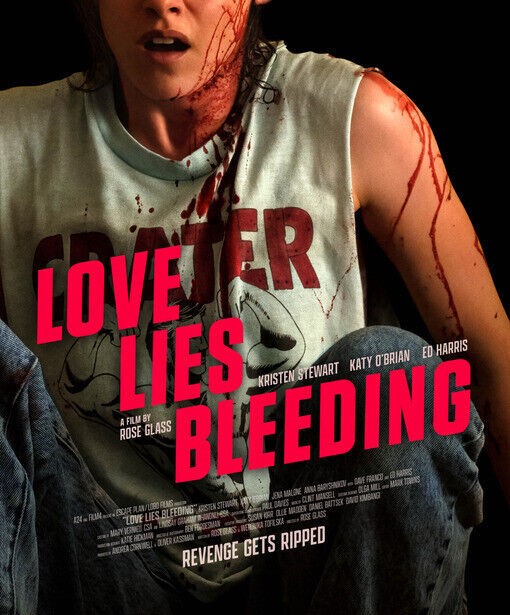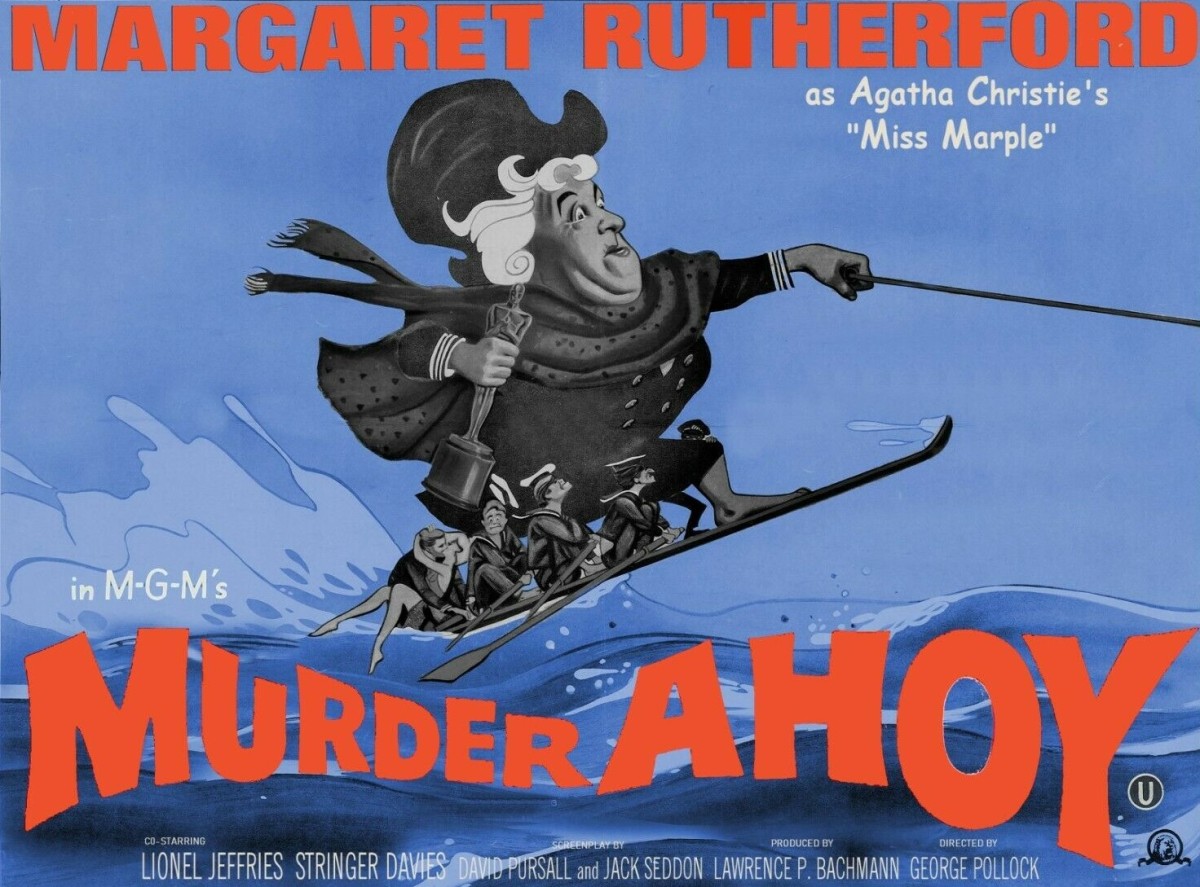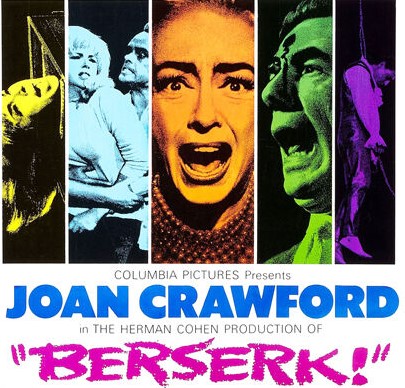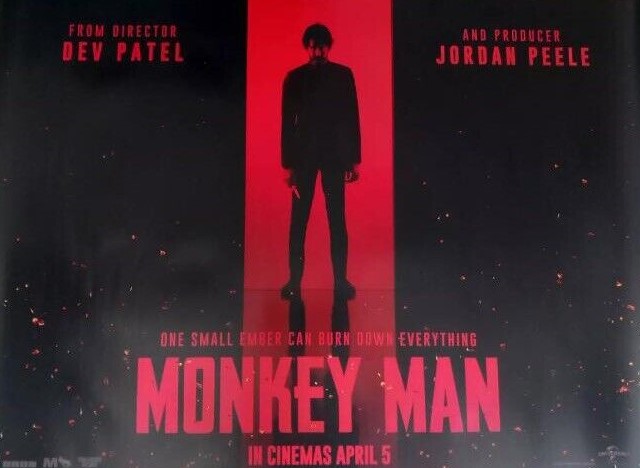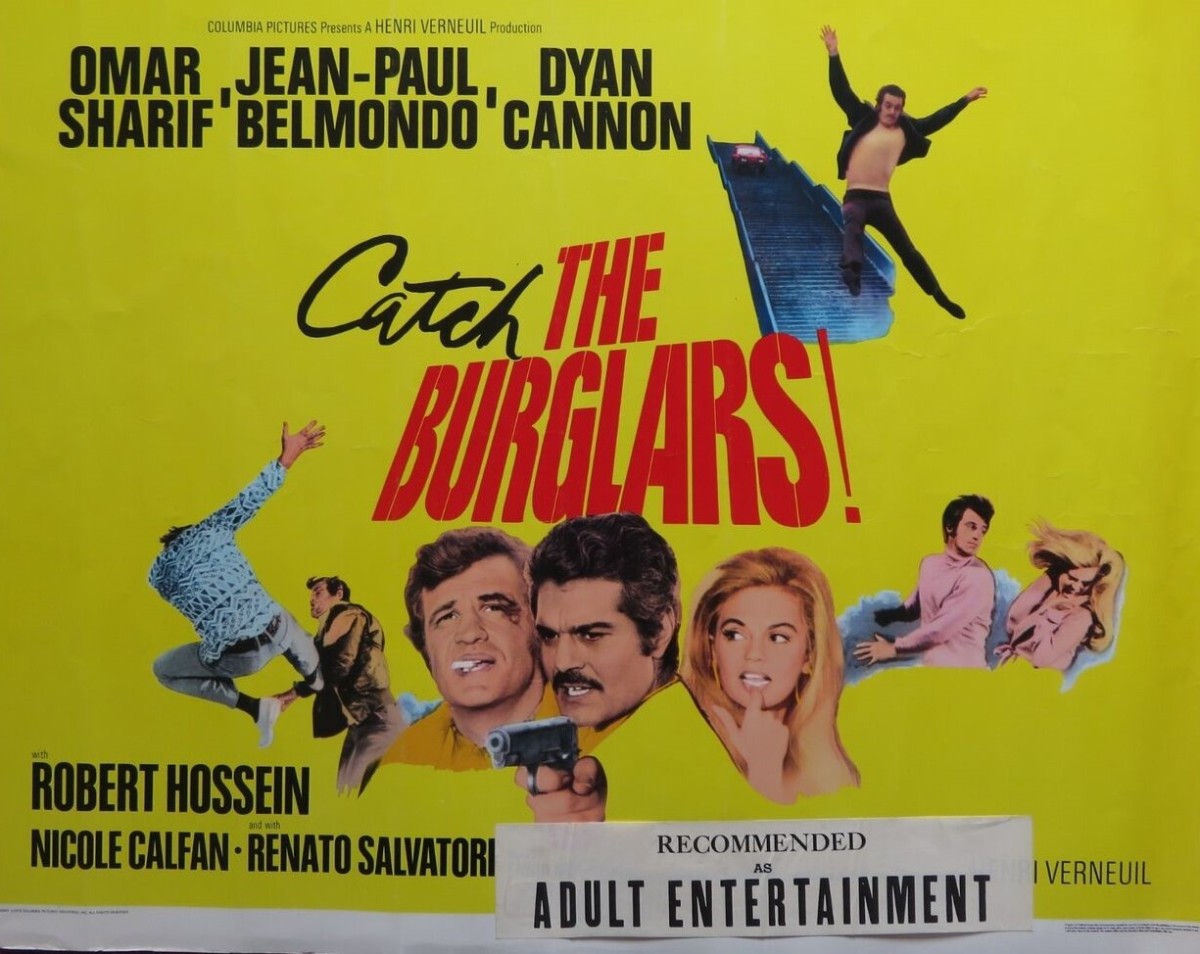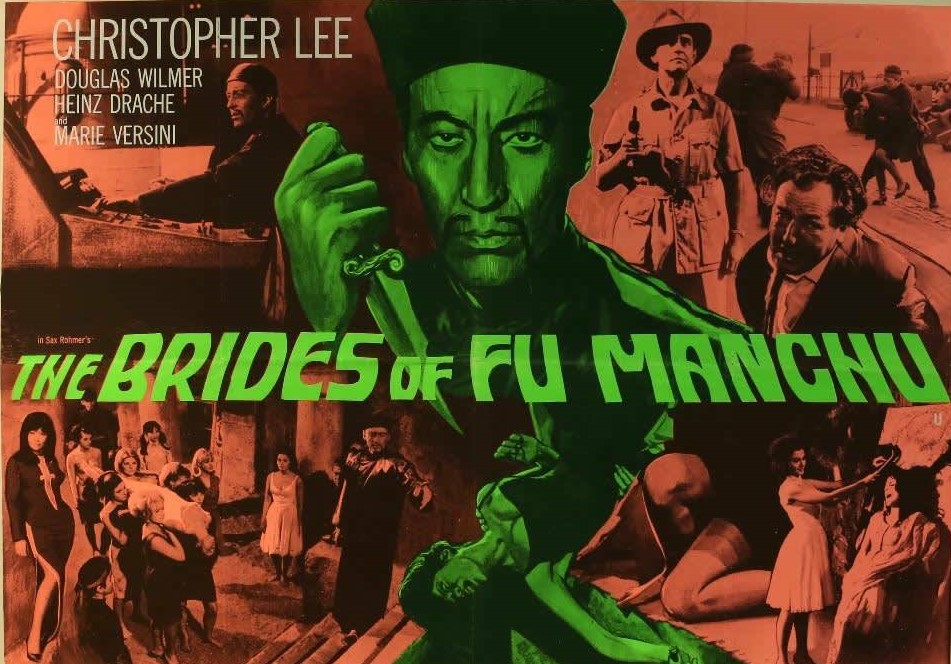You didn’t used to get away with this. Until recently, screen murderers had to be unveiled or at the very least, if getting away with their crime, come unstuck in the final few minutes as with Jagged Edge (1985) or tip the wink to the audience in the manner of Keyser Soze in The Usual Suspects (1995). About the only thing Netflix can genuinely take positive credit for is the invention of a subgenre of movies/series about unsolved crimes. And now it’s taken that a step further with programs where the killer(s) are apprehended but you never find out why they committed their appalling crimes.
The Asunta Case was very much the Spanish equivalent of the Madeleine McCann Case. The latter attracted global publicity, the former headlines that raged in Spain for years. However, Asunta, the 12-year adopted daughter of the recently separated Rosario and Alfonso, was soon found not far from the couple’s country estate, albeit with hands tied with red twine, and dead.
Although the couple fell under immediate suspicion, there was little sign of motive. Would the mother, a bundle of nerves and very thin, have been capable of drugging and suffocating the child and bundling her into a car and dumping her on a piece of waste ground? The father appeared a devoted parent and no cameras could find evidence of him anywhere near the estate or the area where the child was found.
So Netflix plays its usual narrative tricks. The couple appear guilty, then innocent, then guilty, then innocent. The investigating team hide evidence that doesn’t back up their case. A witness arrives late in the day. There’s a question of how bright the moon was that night. You can’t match two ends of this kind of twine to prove that the material that bound the child was the same as some found in a waste paper basket. Alfonso is accused of hiding his computer. Jail cells are bugged. There’s a hint that money might be involved. The media undermine the judiciary process by digging up juicy morsels that may or may not pertain to the case and may or may not influence a jury. In the absence of anything conclusive the evidence is almost entirely circunstantial.
What helps the Netflix tale most is the actress (Candela Pena) portrayng Rosario. I’ve no idea how accurate a portrayal this might be. But a more whiny, self-centred individual would be hard to find. Quite how she manages to conduct an affair just prior to the murder defies belief. As does Alfonso’s continued commitment to his unfaithful wife.
It could well be that Rosario’s witlessness, coming to pieces, is the result of loss, or, equally, the impact of guilt. She is a lawyer, so you would expect her not just to be above suspicion, but with a good idea of how the system works, enough to work her way around it. Alfonso (Tristan Ulloa) is a journalist so he, too, must be accustomed to the ways of the media and that refusing to talk will keep the media at bay long enough for his constant protestations of innocence to take effect.
As with most of these dramatized mini series, the information is structured in a way that keeps you on your toes. The situation for the investigative team is complicated in that the chief investigating officer, here deemed a “judge”, has to cope with a father with dementia while one of the cops is undergoing fertility treatment.
And the dramatists do the police work for them, presenting the circumstantial evidence as if it is fact. So what we are given are various options, how the couple could not have committed the crime, in which case the criminal, still at large, could strike again, and how they very much could. And this is after various red herrings dressed up very much as the menu du jour have been discarded, principal among which is the idea that the girl has been sexually abused, as she is seen early on wearing clothing and make-up inappropriate for her age, such photos found on the missing computer, and yet with a genuinely innocent explanation.
The investigation appears to focus more on Rosario – killer mother worse than killer father it would seem – although Alfonso’s implacability would drvie you to drink. The investigators don’t get off scot free either, complicit in permitting the judge to ignore evidence favorable to the defense. In the end the crime is solved, or at least a verdict reached, but the truth remains hidden, neither of the accused fessing up, no psychiatric reports to provide clarification, no suggestion that Alfonso did it to inflict terrible injury on the mother more than the child, which is often the case in child murders.
The dubbing’s annoying and you might enjoy this more watching it in the original Spanish with subtitles.
Whatever, it is totally absorbing, for the most part because of the mystery of the couple themselves, how they came to be in this position, and whether doubt remains.
Compulsive viewing.

